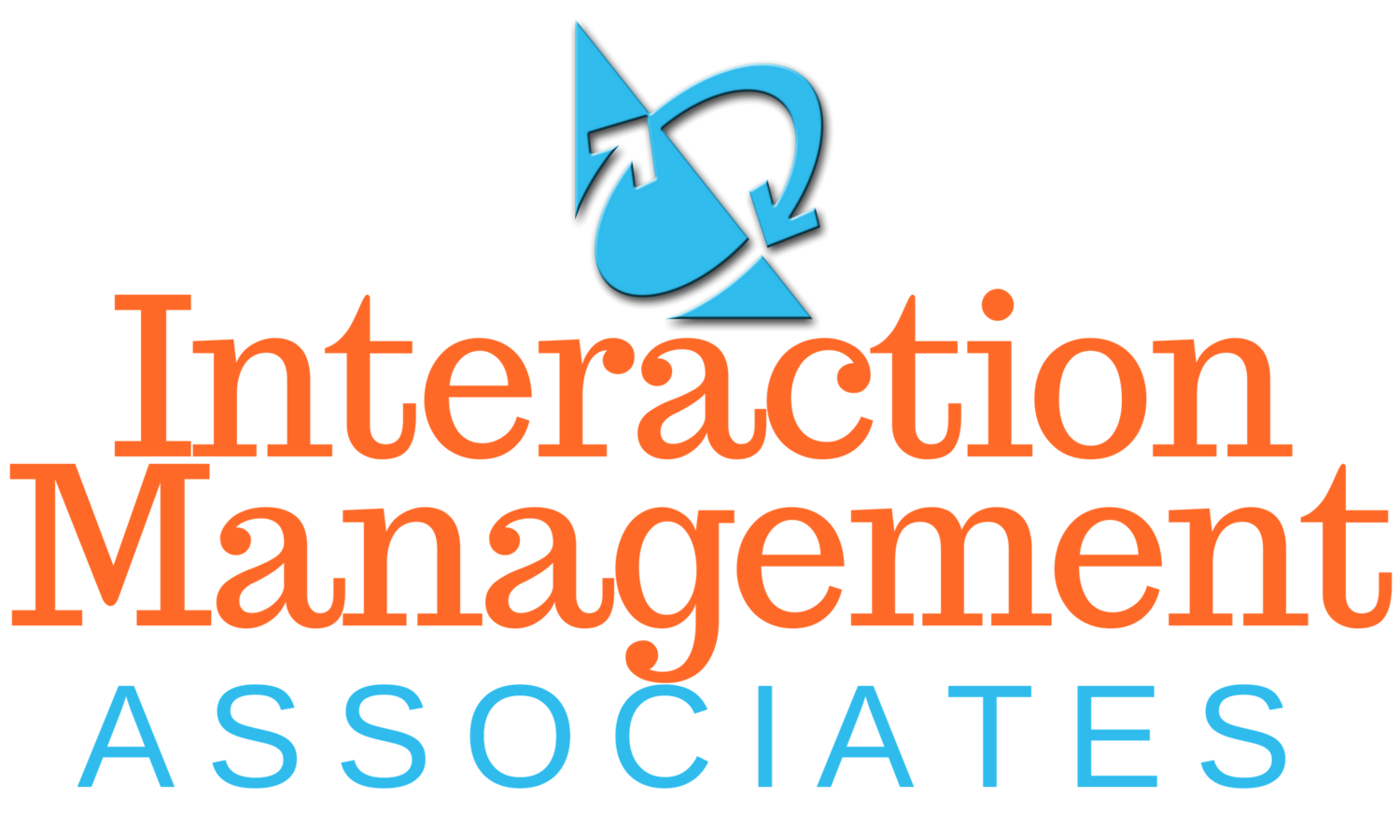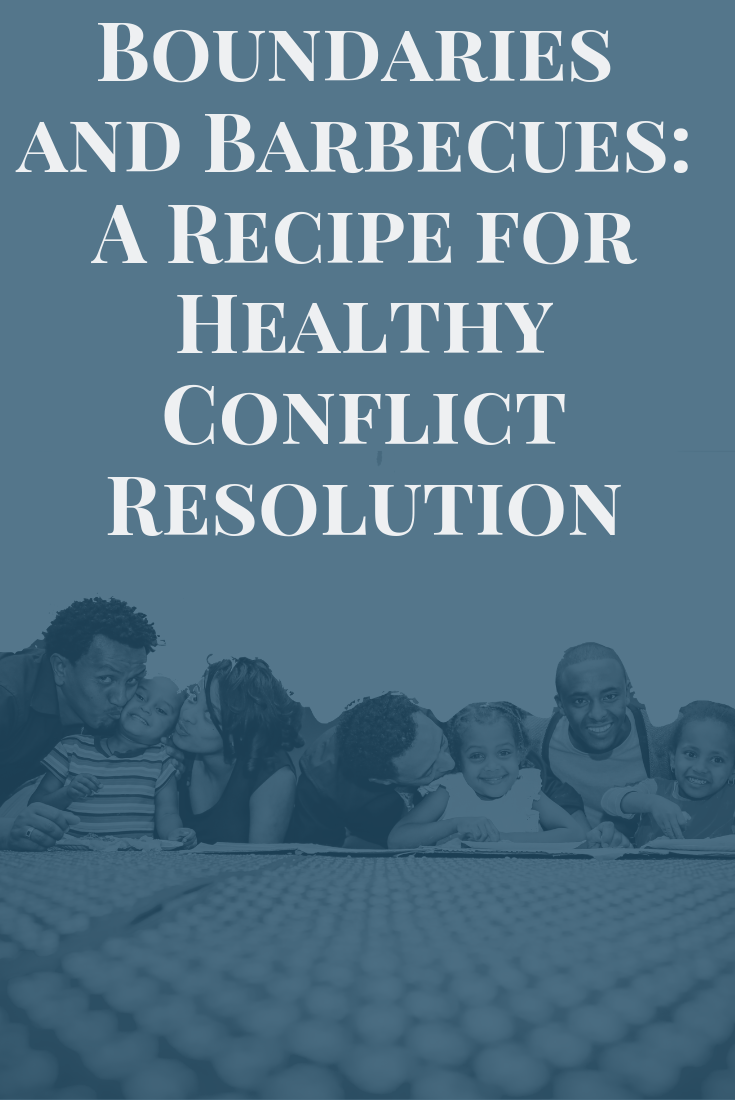Even the best conflict engagement professionals can be blindsided by an occasional toxic exchange. Despite how fantastic a day may start, a few harsh words can catch us off-guard, leaving us feeling defensive, angry, or belittled. You can keep difficult people from bringing you down with them and poisoning your well. There are surprisingly effective strategies for bouncing back and preventing conflicts from getting the best of you.
I’ll walk you through an example from my own experience.
From Sailing to Stormy
I supervise graduate students in different time zones, so I’m often up very early in the morning. After a couple of hours of work, I treat myself to a little downtime, sipping coffee on my sunny back porch while opening the day’s e-mail. One gorgeous morning, I opened two particularly endearing messages from former students.
Out of the blue, one of my students messaged me, while waiting for her thesis to be bound, “Prof...no one else has believed in me. Your words kept me going.... You inspired me to work harder than ever in my life...I am grateful to have you as my supervisor. I didn’t think I was capable of producing this quality research.”
Minutes later, a former mediation student texted me, “Good morning Kate, this is Michelle. I really want to make a difference with families’ divorce and heighten my mediation skills...I appreciate your guidance as I see you as another soul shining your light in the world. Thank you for the work that you do.”
It was validating to hear that I had inspired others to confidently engage and do research in conflict. It’s the kind of feedback that inspires me to contribute to my field. It gives me purpose.
The day was on a joyful trajectory. I was rocking it!
Later that day, however, I was knocked off-course by one lousy phone call.
A fellow volunteer called me. Both board members of a nonprofit, we’d been working on implementing some long-overdue improvements approved by the Board months earlier. Even though he frequently questioned new ideas, I generally welcomed his skepticism.
From my perspective, we got along pretty well. He’s often sarcastic, so I thought he was joking when he suddenly blurted, “You need to stop working so hard.”
I laughed until I was sideswiped by a cascade of stinging remarks. He accused me of pushing a personal agenda, making too much progress, driving too many improvements, and so on. He said that, as the board’s president, I was making my successor look bad. I also made him feel guilty.
I was gobsmacked.
I tried to listen, but alarms were firing in my brain. My heart started racing as he continued to talk. Recognizing the warning signs of conflict, I intentionally engaged essential skills: active listening, minimize drama, and negotiate wisely, without giving in or giving up.
My grandmother taught me the words silent and listen have the same letters for a reason. Channeling her wisdom, I said nothing.
“Are you still there?” he eventually asked me. Calmly, I explained I was unprepared for the conversation. His message came as a surprise, I continued because as recently as the previous day, two different board members communicated encouragement and appreciation for the improvements we were making together. I thought the conflict was cooling off. Instead, he escalated it by suggesting board members were all my friends and wouldn’t criticize me. This exaggeration was followed by several others, and his tone became increasingly harsh. My former husband cleverly used gaslighting to wear me down. Recognizing warning signs, I struggled to stay on the call.
Tapping my experience as a professional mediator, I calmly validated some points, empathized with his concerns and even agreed with his criticism of me whenever possible. I thought we were making progress, until I received the ultimate blow. His voice racing, he blurted, “Why do you do so much? You worked early this morning, you respond quickly to everyone’s e-mail messages, it’s crazy! Your new husband must hate you for being so busy.”
This remark, as irrational as it was, hit below the belt. It was personal and my defenses went up.
I retorted, “My husband and I work out together daily, we cook dinner together and binge-watch shows. We go to stand-up comedy regularly. We travel the world together. We laugh -- a lot -- and enjoy each other.”
I took the bait and landed in his drama.
Immediately recognizing I had lost my balance, I took a deep breath and confidently reenlisted every fine-tuned conflict engagement skill within my emotional capacity, ending the conversation on a positive note. “We can talk about this more at another time,” I assured him.
As the day progressed, however, the conversation became like a dark fog, overshadowing the day’s sunny beginning. I reflected on what I could do to transform this into an opportunity for personal and organizational development. Without triangulating or escalating it, I aimed to engage productively in the conflict.
The Strategies
Determined to keep that toxic conversation from poisoning the day’s peace, I eventually employed the following strategies. These helped me restore calm in my life and our organization.
1. Take Shelter
First, recognize where your mind is. In conflict, like a smoke detector signals fire, our brains tell us we’re in danger. As a mediator, I’m an outsider to other people’s conflicts. I experience people moving from polite chatter into conflict engagement. I am an observer of changes in body language, tone of voice, and impulsive responses. Being confronted by someone is a radically different experience than being a neutral in a conflict situation.
Suspend your reaction and become mindful of your physiological responses.
Easier said than done, right? By being present to what happened, we can let go of our own version of the story and show empathy. This can be particularly challenging when patterns of communication or behavior have been established because we tend to assume we know what was meant by a word or statement. When we’re mindful in the heat of a conflict, we can also look for the shifts that occur. By focusing on our own physical responses, such as a racing heart and mind, it’s easier to stop ourselves from engaging impulsively with the other person. This is a great time to focus on breathing calmly.
I will often bite my lip -- literally -- to redirect my thoughts elsewhere. During that awful phone call I mentioned earlier, I allowed my mind to reflect with gratitude on my students’ text messages.
2. Get a Lifeline
One definition of a lifeline is “a line used to keep contact with a person... in a dangerous or potentially dangerous situation.” Find something or someone comforting.
To avoid triangulating, find someone who’s not involved with the conflict in any way and talk about what happened. Venting can be useful with a close friend, partner, or colleague. Plus, most people like to be asked for your advice. I’ve got a community of colleagues on Facebook who I knew would give me the support I needed that day. I shared what had happened. I asked for strategies to help me get unstuck. I received wisdom from near and far.
I had given a few of these same friends the guidance they offered me. We forget our own advice when our brains are in crisis mode. My angst dissipated, thanks to comfort from people I respect. They not only lifted me up but also validated my woundedness and insecurities. It helped to have those who know me well shine clarity on my moment of weakness.
Social media isn’t a substitute for therapy or closeness, but sometimes it can be a useful source of comfort when you need it most. I don’t recommend broadcasting every emotion to a wide and public audience, but if used strategically, diplomatically, and with the right people in your life, social media can be a lifeline to finding peace.
3. Journal It
A journal can serve as a friend who listens to anything you say. Whether on a computer or paper, it is cathartic to document what happened. Last year, I started journaling and discovered immense benefits. There's less noise in my mind, I feel less anxious about things I didn't finish, I sleep better, and feel like I've got a trusty new friend.
A journal offers unconditional acceptance.
Research shows that writing down our thoughts helps us worry less about them. You should also download my workbook, designed to help you focus on having a respectful disagreement. In it, I borrow concepts from my practice as a mediator that can help you to reflect on what is going on between you and the other person.
4. Set Boundaries
Conflict engagement is what I help people do. I’m not an advocate for conflict avoidance. That being said, there are times when boundaries are effective at improving relationships.
It’s not necessary to participate in every conflict.
Sometimes, doing so only adds fuel to the fire, particularly when the heat is still on. If the person is a fixture in your life, you will probably need to work toward a resolution.
Set clear boundaries, in terms of time, location, agenda, and who else will be present. Chances are, the other person will find comfort in and agree to those boundaries.
In the case of that toxic call I described earlier, the first thing I did was limit our interactions, because he kept approaching me in the same toxic, intense, and irrational way. Over time, his words, even when they were masked as jokes, became increasingly rude, belittling, and destructive to our relationship as peers on the board. Other leaders complained to me about his negativity during meetings. Some tried to call him on it. As was my experience, he apparently had private conversations with them that were equally unhelpful.
While hearing criticism is rarely an enjoyable experience, most reasonable people recognize the powerful benefits that can come from feedback. To be empowering, however, it should at least be aimed at having a positive impact on the recipient, if not the improving overall performance of the organization. My fellow board member’s approach was neither motivating nor constructive for me. His concerns, whether real or imagined, could also erode the momentum of our organization, if not handled carefully.
Authentic leadership is essential to the success of organizations. It requires taking personal risks. I explained to the complainer we would air the issues he raised in an open dialogue involving our executive board members. Recognizing the potential for exposing myself to an execution squad, I wanted our top leaders to evaluate his concerns, my performance, and our collective progress as a board. If others agreed with him, he would receive their validation, I explained.
Suggesting it wasn’t necessary to “start a conflict,” he balked at discussing these issues in the open. That can of worms had already been opened and I needed to prevent collateral damage. My aim was to resolve our differences, without causing a tidal wave of concern amongst the entire board and community we served. I stood my ground, “I appreciate your courage in confronting me.” I reassured him that discussing his concerns with board leaders would be an opportunity for us to cultivate norms of transparency, constructive peer feedback, and professionalism on our board and within our organization. Who could argue with that? Thankfully, he agreed.
Boundary setting is best executed with a courageous, encouraging, and problem-solving tone. It is not the same as exercising power over the other person or putting them down. It is more about empowering yourself and protecting broader interests that may be at stake.
5. Swim, Don’t Sink
Recharge your resilience. Bullies thrive on power over others. It’s easier to emerge unharmed from the conflict when you are emotionally strong. Find strategies to keep yourself resilient so you can ride out this storm.
There’s much research touting the benefits of meditation and focused breathing. I’ve got a timer that reminds me to take a mental break and just breathe for a minute. It’s astonishing what that does for me, (when I actually do it).
Sometimes, I need to feel productive to recharge. I immerse myself in work. Or, I take my mind off the conflict by working out, doing yoga, walking, reading or watching a documentary. Keeping busy helps me stay focused on what is important in my life.
Another useful trick I have learned to mask my emotions is raising my eyebrows. Try it. It helps you appear calm to the other person and it prevents you from crying or frowning. I've found it particularly helpful when meditating in very emotional situations.
Instead of drowning in their poison, find a way to rise above it.
Give yourself time and distance from the toxic individual to rebuild the positive energy around you. Start with positive self-talk, which is a healthy way to reduce the negative noise that toxic people can drop into your head.
Visualization exercises can help. When I was going through a painful divorce over twenty years ago, a friend told me, “Imagine you’re in a stadium right now, filled with people who believe in you.” That’s often my go-to image when someone tries to take me down.
Remind yourself of your strengths, gifts, and blessings. (Journals are great for this as well.) Intentionally fill your mind with thoughts like, “I’ve got this.”
Remember, this won’t last forever.
6. Look Below the Surface
In IMA’s mediation courses, I explain the “conflict iceberg.” This is a powerful metaphor for issues above and below the surface of any conflict. What we see is usually not what’s actually going on, for either party in conflict. Body language, emotions, value differences, cultural norms, external distractions, language, prejudice, biases, and resource limitations, are just a few examples of hidden issues driving a conflict.
Looking for below-the-surface issues is essential to productive engagement in most conflicts. What prompted the other person to behave that way? Maybe they’re experiencing external pressures unrelated to you or the presenting problem. Perhaps they’re projecting their own insecurities or fears onto you. There’s also a chance their communication style differs from yours and the delivery was so toxic you missed the message. Perhaps there’s something you said that inadvertently made them feel disrespected by you. Or maybe they misunderstood your actions, words, or intentions. Perhaps there was something in what you said or the delivery of your message that caused the other person to feel harmed. Possibly the real issue has little or nothing to do with you.
Considering the complexities of your conflict may help you develop targeted strategies for resolving it.
It’s nearly impossible to uncover all the issues below the surface. Most importantly, remember that the conflict is more than the presenting problem at the tip of the iceberg. This requires careful, active observation and listening.
You should download my listening skills checklist to ensure that you’ve given the other person your very best attempt at hearing what they have to say. By leaning in, you may discover opportunities to resolve the conflict.
The solution may be easier than you think.
7. Focus on Solutions
Aristotle has been quoted as saying, “To avoid criticism, do nothing, say nothing, and be nothing.”
Instead of fearing criticism, courageously recognize potential opportunities derived from it. As the board’s president, and in any leadership positions I've held, I knew criticism came with the position. I also took responsibility for developing and committing to a vision for my tenure. I was charged with governing and advancing the organization’s mission. More importantly, a leader is responsible for finding solutions that benefit the organization. That’s how I got talked into the position in the first place because I was passionate about helping the organization flourish. (It was a volunteer position, by the way. No personal benefits, fame, or fortune came with it.)
The problem of one person attacking me was bigger than me, as was the solution.
Instead of defending myself or blaming someone else for his harsh words, it was clear the solution needed to be future-focused. This meant letting go of my ego. As the board leader, I wanted to cultivate a climate of trust, respect, transparency, and commitment to our mission.
Keeping our eyes on the future meant engaging in a process and resolution we could collectively own.
We had healthy dialogues, including the importance of disagreement and dissension. We emerged from the meeting with commitments to practical and implementable solutions. I didn't handle it perfectly. I acknowledged how uncomfortable it was for us to be in the conflict. I did my best to blend light, self-deprecating humor with some face-saving words of encouragement to my tough critic.
The meeting ended with everyone expressing relief that we dealt with the tensions in the open. Each person also accepted responsibility for maintaining the positive momentum created from the meeting and the achievements we had made in the previous months.
The best solutions illuminate a clear way forward for everyone. No good solution involves being stuck in the fog.
Peace!













